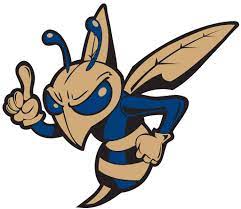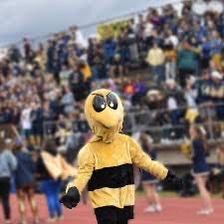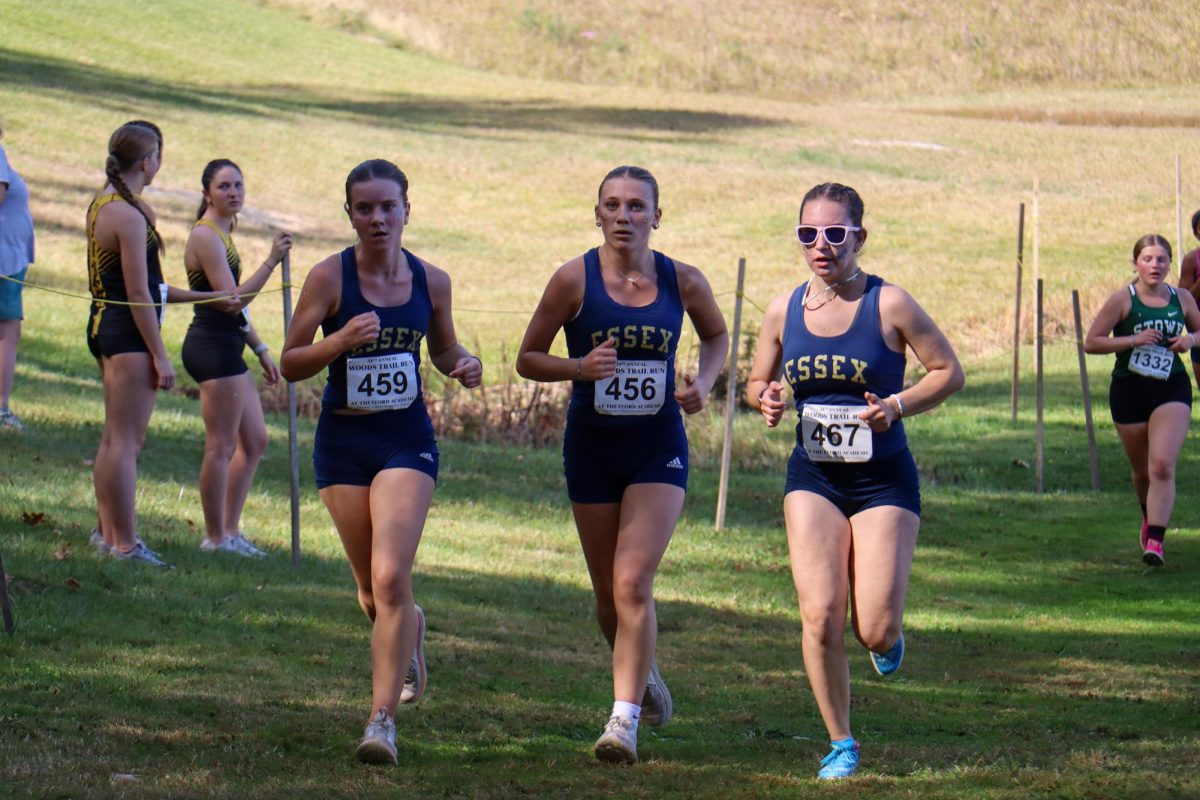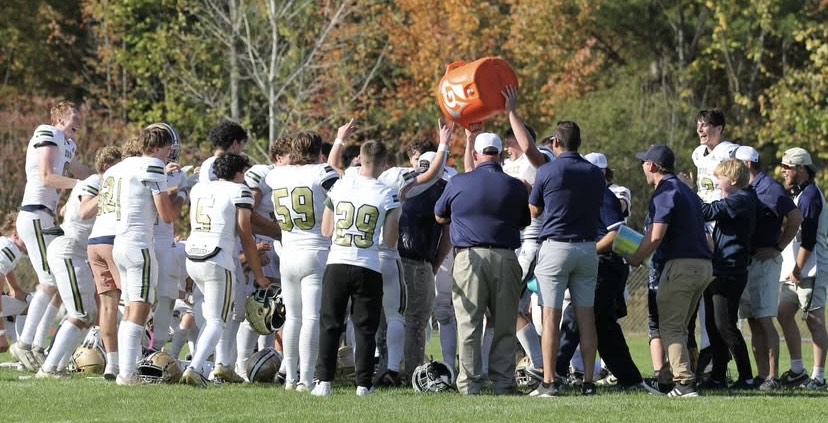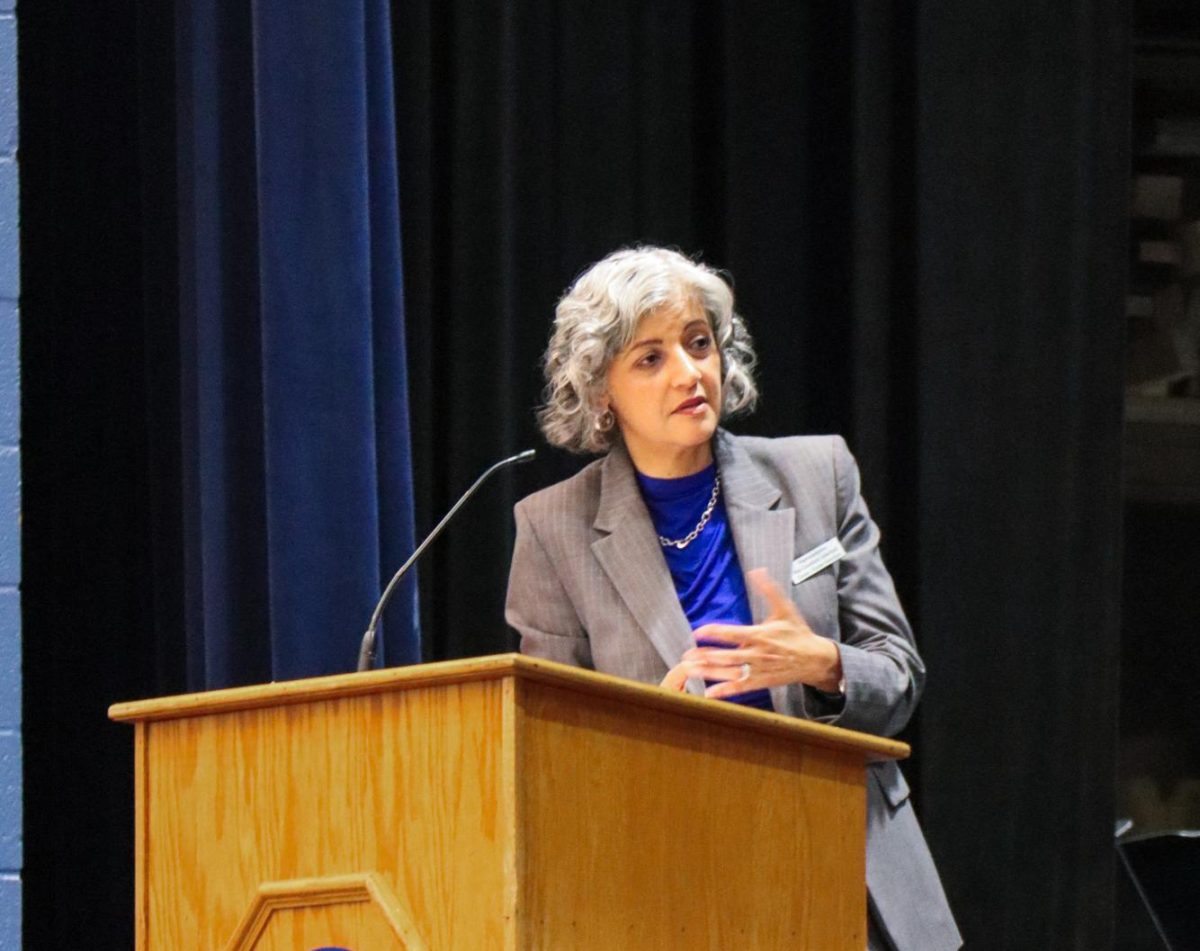Birding in Vermont
March 10, 2023
Known for being green- both in mountains and residents’ lifestyles- Vermont might be the best place for your next birding trip.
With one National Wildlife Refuge, two National Forests and 4,249,355 acres of important bird areas, Vermont offers birding experiences disproportionate to its small size. Thanks to Lake Champlain and the wetlands along its shoreline, as well as mixed forests of hardwood, including its beech, birch, and maple and conifers that cover more than three-fourths of the state, Vermont is the fourth most forested state in the country behind Maine, New Hampshire, and West Virginia.
You could visit almost anywhere in Vermont and be able to spot a bird. Some of the best areas to bird watch would include areas along the Connecticut River, which forms the state’s eastern border, and sites on Lake Champlain, in the northwest. Another high priority would be a visit to the region called the Northeast Kingdom, a somewhat remote area on the Canadian border that is noted for spruce grouse, among other north-country species. Mount Mansfield, at 4,393 feet, is Vermont’s highest mountain and is another worthwhile birding destination.

There’s another factor that’s tipping the scales of birding in Vermont. The people are famously outdoorsy and friendly, so there’s a good chance that you’ll run into a local birder who can advise you on your travels throughout the state. For more basic information about birding check out Merlin Bird ID App.
Here are a few very essential birding areas you must visit in Vermont and a brief overview about them.
Dead Creek Wildlife Management Area. Thousands of snow geese rest and feed in the fields of Dead Creek Wildlife Management Area in Fall, a celebrated event among bird and nature lovers. There’s a designated viewing area on Highway 17, 1.8 miles west of Highway 22A. Dead Creek offers the chance to explore wetlands, forest and fields so this area is abundant with wintering rough-legged hawk, snowy owl, short-eared owl, northern shrike, lapland longspur, and snow bunting. During nesting season, look for osprey, bald eagle, wood duck, American bittern, black-crowned night-heron, Virginia rail sora, caspian tern, and marsh wren. Shorebirds are very common during summer.
Missisquoi National Wildlife Refuge. Less than four miles from the Canadian border, 6,729-acre Missisquoi National Wildlife Refuge protects a large expanse of wetlands and bog, along with floodplain forest on the edges of the Champlain waterway. As many as 20,000 ducks may be present here in Fall, as they head south during migration. Osprey and bald eagle nest here, and the refuge is also home to a large colony of breeding great blue heron. Missisquoi has been designated an important bird area and a wetland of international importance.
Some of the breeding birds of the refuge are:
- Wood Duck
- Common Goldeneye
- Hooded Merganser
- Pied-Billed Grebe
- American Bittern
- Marsh Wren
- Veery
- Northern Waterthrush
- Chestnut-Sided Warbler
- Savannah Sparrow
- Swamp Sparrow
- Northern Harrier
- Virginia Rail
- Common Gallinule
- American Woodcock
- Black Tern
- Alder Flycatcher
- Bobolink
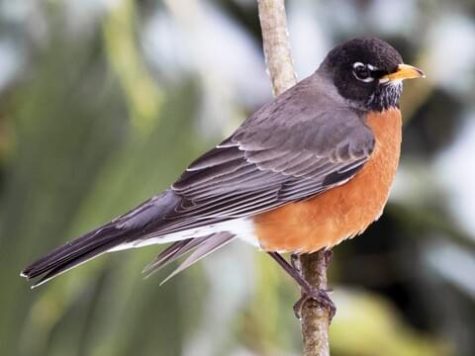
Button Bay State Park. Five miles west of Vergennes, Button Bay State Park has a long bird list for a relatively compact site. Located on the Western edge along the Lake Champlain shore, it provides a lookout point for waterbirds on the lake. Many species of ducks have been seen in migration, including some rarities, such as scoters and the harlequin duck. Snow bunting is occasionally found in winter in open areas. Common loon and horned grebe are seen from fall through spring. Bald eagles are seen often and osprey are present in summer. There are many winter gulls but sometimes there will be an unusual species such as Iceland gull.
Mount Mansfield. The highest peak in Vermont, Mount Mansfield rises high enough that its summit has a small alpine area of tundra above the treeline. It’s home to many high-elevation species; most famously Bicknell’s thrush, the bird only nests on the highest mountains of the northeast. Some of the other birds that might be found are:
- Ruffed Grouse
- Northern Saw-Whet Owl
- Yellow-Bellied Flycatcher
- Blackpoll Warbler
- Black-Throated Blue Warbler
- Black-Throated Green Warbler
- Canada Warbler
- Blue-Headed Vireo
- Red-Breasted Nuthatch
- Winter Wren
- Golden-Crowned Kinglet
- Ruby-Crowned Kinglet
- Swainson’s Thrush
- Hermit Thrush
- Nashville Warbler
- Magnolia Warbler (scarce)
- Dark-Eyed Junco
- Purple Finch
- Red Crossbill
- Pine Siskin
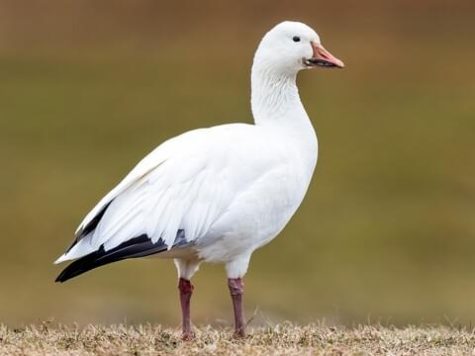
There have been over 260 species of birds recorded in Vermont, the most common species being found in almost any backyard. These include:
- American Robin
- Downy Woodpecker
- Hairy Woodpecker
- American Goldfinch
- House Sparrow
- House Finch
- American Crow
- Song Sparrow
- White-Breasted Nuthatch
- Red-Winged Blackbird
- European Starling
- Mourning Dove
- Rock Pigeon
- Northern Cardinal
- Blue Jay
- Black-Capped Chickadee
- Tufted Titmouse
- Common Grackle
- Pileated Woodpecker
- Eastern Bluebird
- Ruby-Throated Hummingbird
- Baltimore Oriole
- Cedar Waxwing
- Gray Catbird
- Dark-Eyed Junco
- Chipping Sparrow
- Eastern Kingbird
- Red-Bellied Woodpecker
- Northern Mockingbird
- Raven
Citations:


